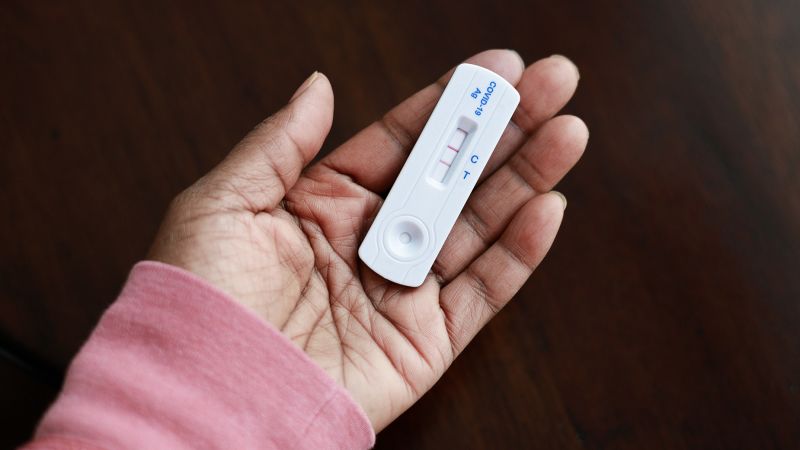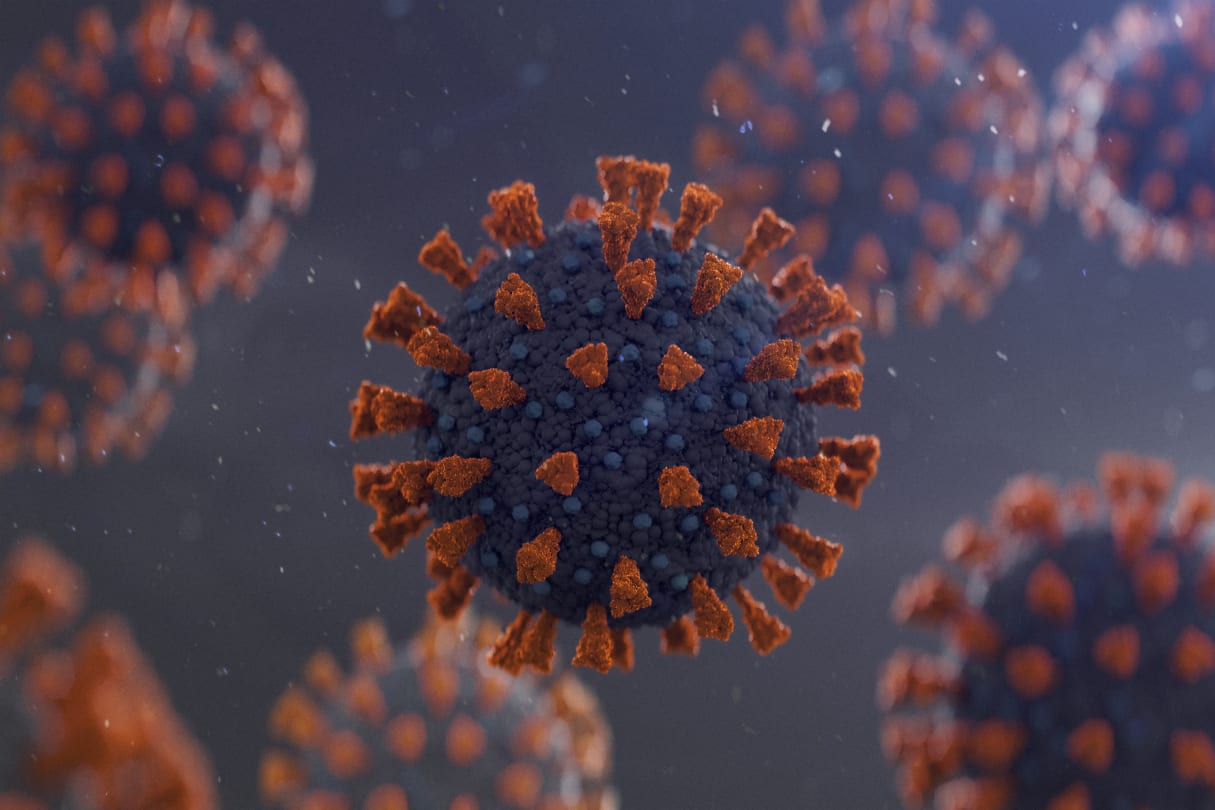
New Covid FLiRT Variants: A Summer Spike Concern
The world is bracing for a potential summer surge in Covid-19 cases due to the emergence and spread of new variants, specifically KP.2 and KP.1.1, collectively known as the FLiRT variants.
According to recent data from the Centers for Disease Control and Prevention (CDC), these new strains have become dominant in the US, accounting for a combined 35.3% of all Covid-19 cases as of May 25, 2024.
KP.2 is now the leading strain in the US, making up approximately 28.2% of all cases. Meanwhile, KP.1.1 accounts for around 7.1% of current infections.
These new strains are descendants of the previously dominant JN.1 variant and have independently picked up the same set of mutations, according to John Hopkins Bloomberg School of Public Health.
The World Health Organization (WHO) has detected these new variants in 14 European countries with limited cases as of May 2024.
Despite concerns, health professionals are emphasizing that there is currently little evidence that the new strains cause more severe disease than previous ones. Hospitalizations associated with Covid-19 are at record lows, according to various sources.
However, it's important to note that these new strains could potentially make it easier for the virus to evade people's immunity from vaccines or previous Covid-19 bouts. As a result, health officials are closely monitoring their spread and assessing the ongoing effectiveness of vaccines against them.
Next month, the U.S. Food and Drug Administration's (FDA) vaccines advisory committee will meet to discuss recommendations for the variant mix for this winter's Covid-19 vaccine, having postponed an earlier discussion to collect more data.
Stay informed about the latest developments in Covid-19 by following reputable sources such as the CDC and WHO.



